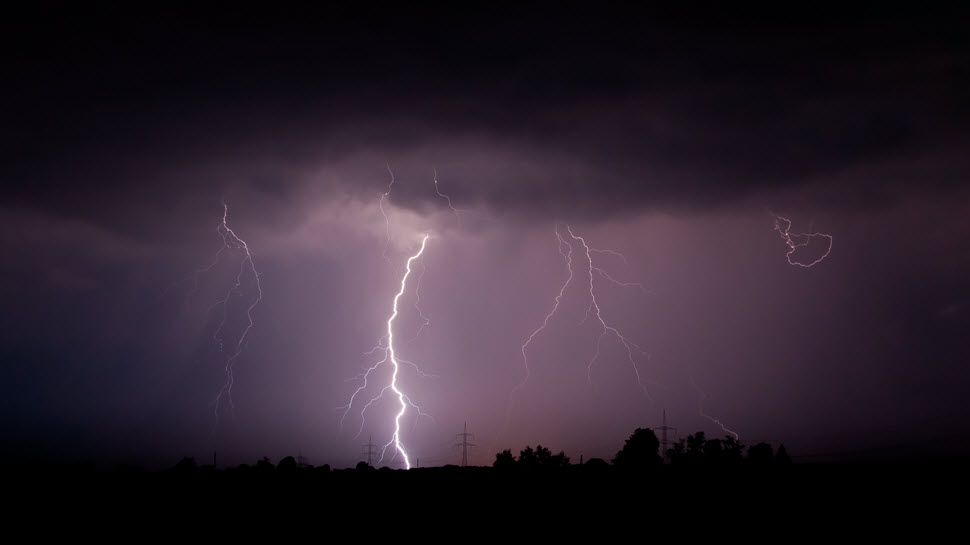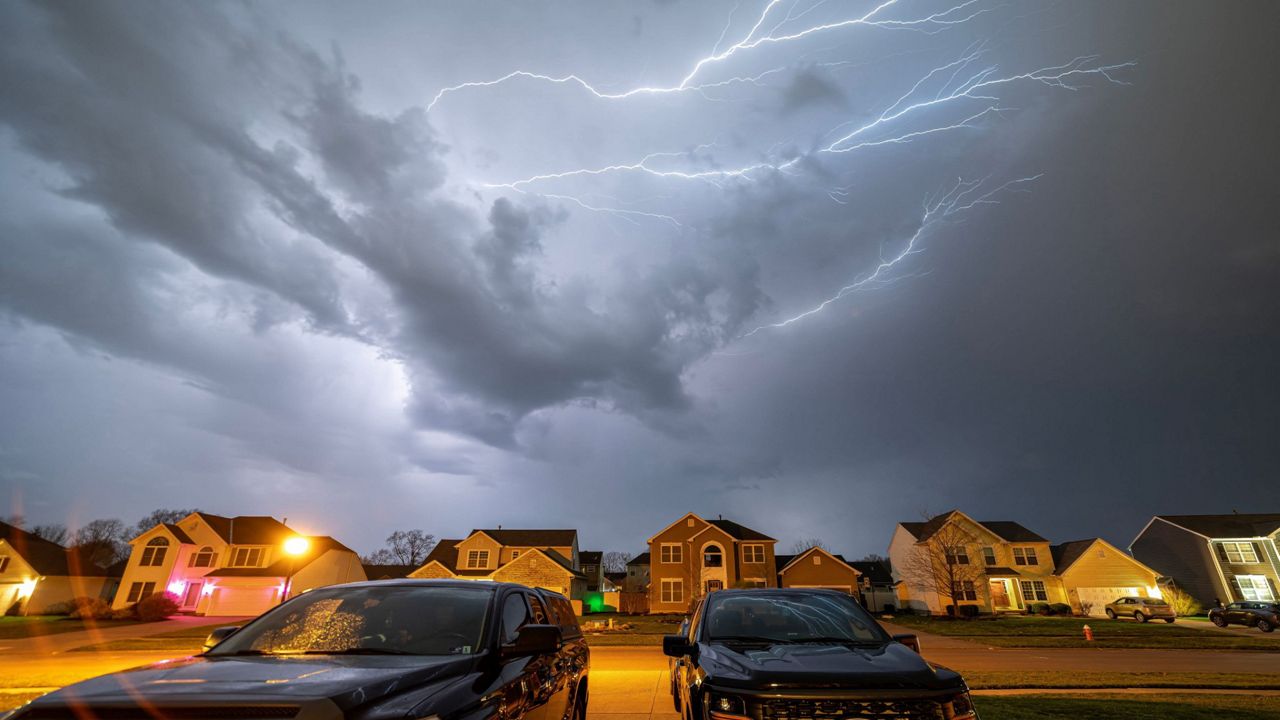With Lightning Safety Awareness Week upon us, what better time to review some common beliefs about Mother Nature’s bolts from above to determine whether they are truly fact or plain fiction.
While there are some things a person can do to slightly lower their risk, the fact is that you are not safe from lightning if exposed outdoors.
If access to shelter is not possible, try and place yourself in a ravine or other low-lying area. Lightning often strikes the tallest objects around, so by going low, you are lessening the chance that you will be that target.
While this may be beneficial if caught in a tornado, lying on the ground actually increases your chances of harm from lightning.
Once lightning makes contact with the surface, the current will spread out to the surrounding ground. By lying down, you’re creating more area for the electricity to find you.
Though it may not be for the reason you think.
Hardtop cars provide protection due to their metal shells that conduct electricity and redirect the lightning bolt around you. Rubber tires play no part in keeping you safe.
Motorcycles and soft top vehicles provide zero protection. Seek shelter indoors if riding around in the convertible.
While being indoors is the safest place during a thunderstorm, lightning can still get to you if you’re not careful.
Because water and metal are such good conductors of electricity, you’ll want to avoid any contact with them that lead outdoors. This includes taking a shower, washing the dishes, and be sure to hang up that corded phone. Stay away from doors and windows as well, they too can pass electricity.
In fact, lightning can strike miles away from the nearest cloud. Lightning bolts have been recorded dozens of miles from the clouds that produce them.
These are referred to as “bolts from the blue” and actually occur quite frequently. If you hear thunder, you're close enough to be struck.
For more ways on how to stay safe, check out these tips from the National Weather Service.
And always remember…
When thunder roars, go indoors!








